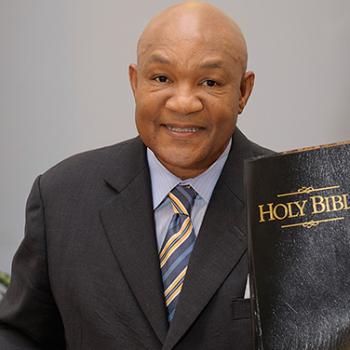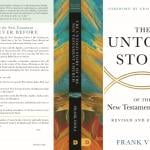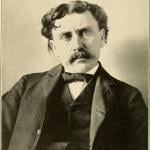In her Sacramental Poetics at the Dawn of Secularism: When God Left the World (Cultural Memory in the Present) , Regina Schwartz describes the collapse of the medieval sacramental system under Protestant assault, and the eventual transfer of longings for a sacred order to secular pursuits: “Instead of leaving God leaving the world without a trace, the very sacramental character of religion lent itself copiously to developing the so-called secular forms of culture and that these are often thinly disguised... Read more


















